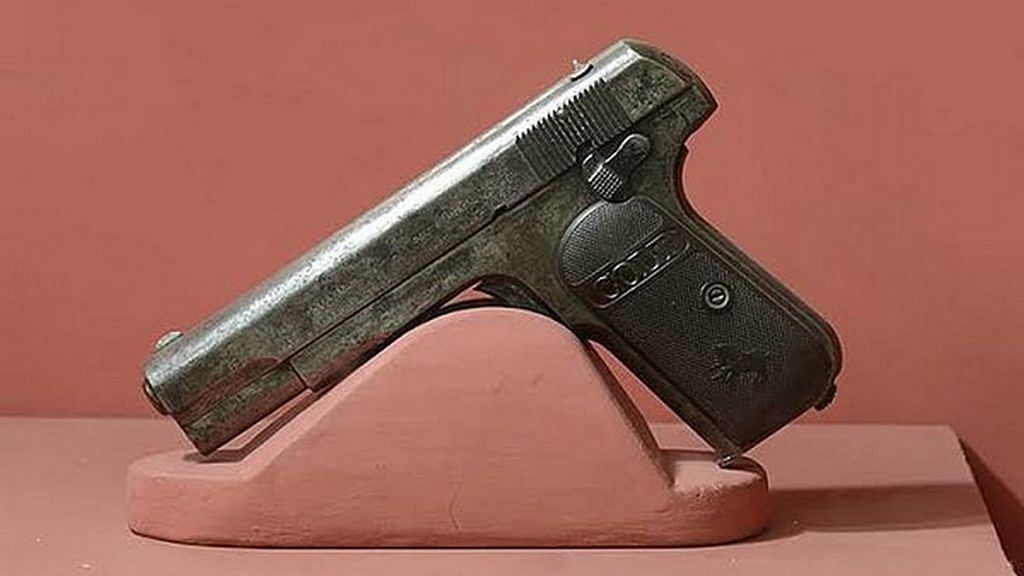The Narendra Modi government is planning to amend the 1959 Arms Act, which will further restrict the number of weapons an Indian can own on a valid license.
The current limit of three was introduced in 1983 via amendments to Section 3 of the Arms Act 1959 that had placed no limits on the number of weapons that could be owned. The 2019 amendments seek to bring that number down to a single weapon, after which, an Indian citizen has a year to dispose off or place the extra arms in safe custody. Anyone who has seen a police safe house for weapons will know how safe the arms will be, in a slowly junking state.
With sincere apologies to Lepus Nigricollis, the amendments to the Arms Act are as hare-brained an idea as Modi government’s demonetisation in 2016. While the latter essentially killed agricultural incomes for the foreseeable future, besides stultifying the real estate industry, the new Arms Act amendments are likely to produce results contrary to the objectives they are setting out to achieve.
The ostensible reason for further restricting firearms is reducing crime, and some woolly-headed supporters even say it will help curtail suicide rates. Bizarre.
India is not going to be safer by reducing licensed ownership of firearms. Two ghastly crimes took place this week in two different Indian states – a veterinarian who was raped and killed and a six-year-old schoolgirl raped and strangled with her belt. Neither of these, or the thousands of horrendous crimes in India, have taken place using licensed firearms. In fact, the number of licensed firearms crimes in India is so few that a zero and a dot precede the single numeral. There are more voyeurism incidents in the national crime data bank than licensed firearms-related ones.
Also read: MPs oppose amendment that limits gun licences to just one, cite security & royal past
Who loses most
There are essentially three types of licensed weapons owners in India, based on my observations over the years. The oldest continually owned guns are those that have been in the family for generations, licences and ownership passed down as heirlooms. The newest are the amazing crop of young Indians inspired to take up shooting as a sport, achieve glory like so many before. And they have consistently provided India with the largest chunk of medals in the recent past. But, perhaps the largest number of licensed weapons owners are those living on farms, or a semi-rural lifestyle.
It is the largest category that is going to be most affected. For this person, the weapons save the crop, the family from countryside bandits, and if the person is a veteran, then the gun brings a supplementary income. Most veterans acquire licences while in service so as to get reemployment. So, with a 12 gauge, or a made-to-look-sinister .22 rifle, the veteran stands guard outside a mofussil town bank.
When the additional weapon application has been vetted from the police station and district headquarters, the veteran will seek to buy an Indian Ordnance Factories .32 revolver.
This rudimentary revolver has a waiting list like that of a Bajaj Chetak of yesteryears, but it is a passport for sudden growth, for job prospects in the security business. And agricultural income is now supplemented by a pension and a personal security officer or PSO job.
The economic impact of the new Arms Act amendments will certainly be the heaviest on such veterans, for they have to make the difficult choice – keep the .32 revolver or the 12-gauge gun at the farm?
Also read: Here’s all about the AK rifles which India will now make with Russian help
Gangs of Wasseypur
After the amendments of 1983, the government at the time banned the import of weapons in 1986 to save foreign exchange. This allowed Indian Ordnance Factories-manufactured revolvers and 12-gauge guns to gain a greater share in the Indian market. IOF-licensed barrels were used to manufacture firearms by traditional gun makers, and this played a role in reviving the legally sanctioned small town gun manufacturers. There was a time India made some of the best damascene steel in the world. But the descendants of those skilled craftsmen now just about manage to survive and keep their skills alive.
In 2016, the Modi government amended the Arms Rules to allow private manufacturers to produce firearms. And in 2019, the same government wants to restrict ownership to one weapon. So, who will make firearms when the market is being squeezed to allow ownership of only one?
Auctioneers around the world occasionally sell exquisite firearms that were once Indian-owned. Buyers around the world covet such pieces. These were exported out once restrictions came in 1983, and it is certain some more will find their way out. The inherited weapons are like jewellery passed down through generations, but unlike the rocks, they are not for use or to be shown in public, just caressed by a connoisseur. This is the culture the government of India seeks to destroy, thus paving the way for more Gangs of Wasseypur–kind of possession.
The author is a Congress leader and Editor-in-Chief of Defence & Security Alert. Views are personal.
